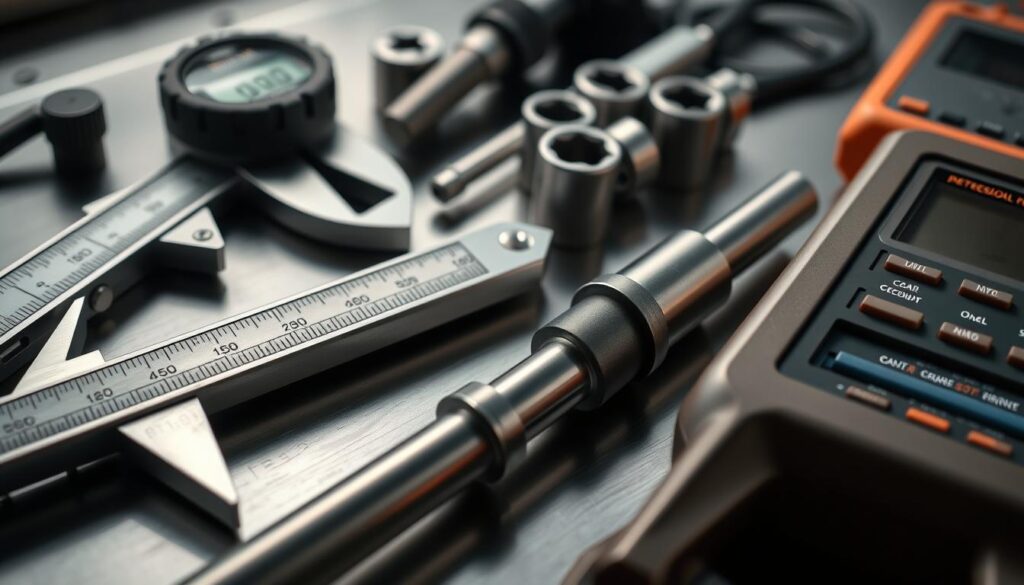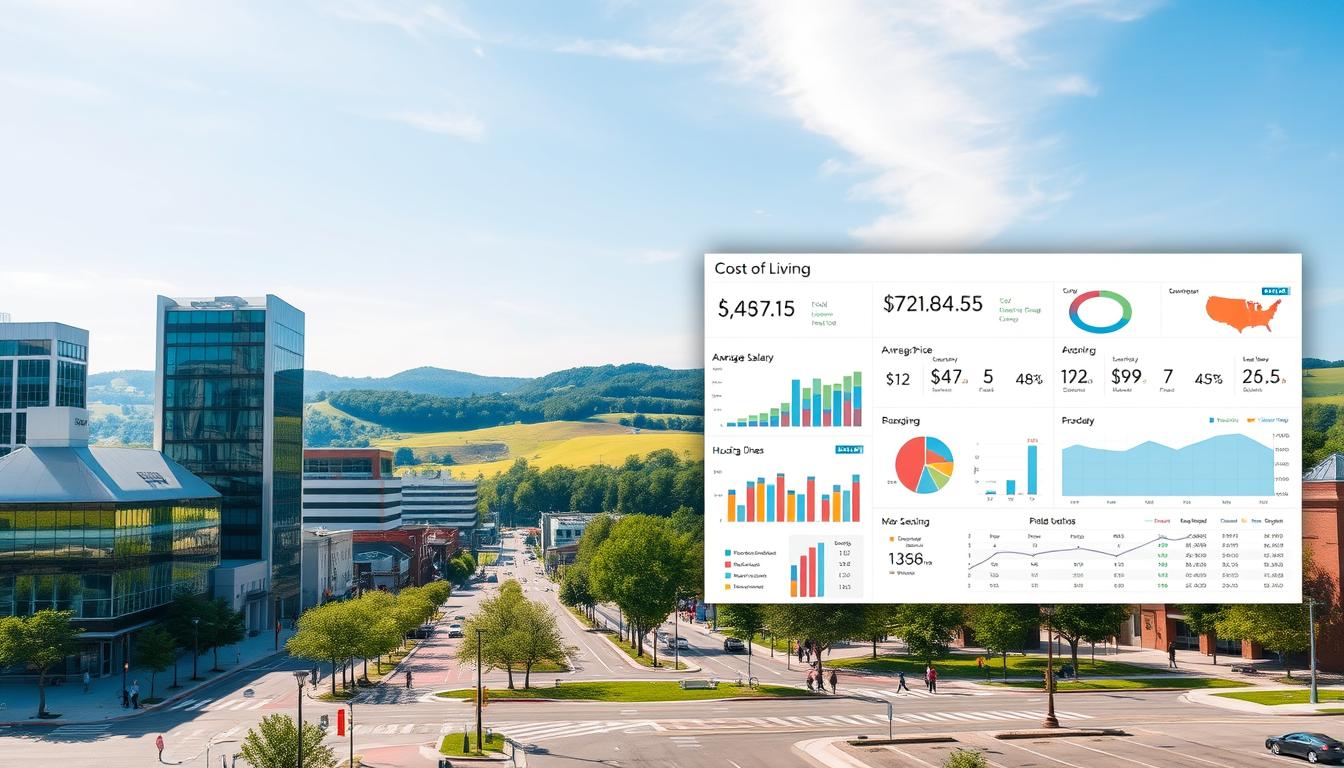Imagine earning up to $60,830 annually with zero offshore experience – that’s the reality for entry-level workers on Gulf of Mexico oil rigs. These roles require just six months of active work per year, paired with free housing, meals, and a unique 14 days on/14 days off schedule. By 2025, the energy sector will need 22,000 new workers to meet global demand, creating unprecedented opportunities for career switchers.
This guide reveals how to break into this high-reward industry using modern tools like RoboApply’s AI-powered resume builder. You’ll learn to craft applications that bypass automated screening systems used by major employers. We’ll also decode the physical requirements and mental resilience needed for offshore success.
The $3.5 trillion oil and gas industry rewards those who prepare strategically. From safety certifications to interview tactics, every step matters. Whether you’re transitioning from construction, manufacturing, or hospitality, our roadmap simplifies your path to six-figure potential.
Key Takeaways
- Entry-level oil rig workers earn $29,460-$60,830 annually with half the year off
- RoboApply’s AI tools optimize resumes for energy sector hiring algorithms
- Standard 14/14 work schedules provide six months of personal time yearly
- 80% of new hires receive promotions within 18 months of starting
- 8 critical steps separate beginners from hired professionals in this field
How to Land a Oil Rig Worker Job in 2025: Resume and Application Strategies
Your resume is your first test in offshore hiring – 73% get rejected by automated systems before human review. Modern energy employers use AI scanners to identify candidates with transferable skills and resilience. Focus on translating everyday work history into offshore-ready qualifications.
Crafting a Standout Resume
Start by reframing your background. Construction crews become “managed heavy equipment operations in fast-paced environments”. Restaurant staff transform into “maintained strict safety protocols during high-pressure service”. Use RoboApply’s industry-specific templates to highlight:
- Physical stamina from labor-intensive roles
- Technical exposure through machinery repair
- Team coordination in remote settings
Optimizing for ATS with RoboApply Tools
Major operators like Transocean use applicant tracking systems that prioritize keyword matches. RoboApply’s AI builder scans job descriptions and suggests critical phrases like “emergency response readiness” or “rotating shift adaptability”. Their ATS checker reveals hidden resume gaps through 12-point system compatibility tests.
For welding experience, the tool might suggest: “Executed precision metalwork (4,200+ hours) using OSHA-compliant protocols”. This converts general skills into quantifiable offshore assets recruiters recognize instantly.
Building Essential Offshore Skills for Oil Rig Jobs
Offshore roles demand a unique combination of physical endurance and technical competence. Employers prioritize candidates who demonstrate both the grit to handle extreme conditions and the aptitude to learn specialized systems. Let’s break down the core competencies needed to excel in these positions.

Physical Fitness and Adaptability
Prepare for 12-hour shifts involving heavy lifting, equipment handling, and constant movement. Start strength training 3-4 months before applying – focus on deadlifts (150+ lbs), overhead presses, and sustained cardio. These mirror real tasks like moving drill pipes or climbing 10-story platform ladders.
Build mental toughness through simulated isolation exercises. Practice working in confined spaces or limiting social contact for 48-hour periods. Offshore crews often face weeks without shore access, requiring emotional stability during emergencies.
Technical and Mechanical Know-How
Gain hands-on experience with hydraulic systems, welding torches, or industrial pumps through local trade schools. Many community colleges offer 8-week certification programs for under $500. Highlight these skills using resume examples for physically demanding roles to showcase relevant capabilities.
Master safety protocols like H2S gas detection and emergency shutdown procedures. Employers value candidates who can:
- Operate vibration analysis tools
- Interpret pressure gauge readings
- Execute lockout/tagout processes
Practice troubleshooting scenarios using online simulators from industry leaders like Schlumberger. These tools help bridge the gap between theoretical knowledge and real-world rig operations.
Mastering the Interview Process for Oil Rig Worker Jobs
Interview success in offshore hiring hinges on strategic preparation. Recruiters prioritize candidates who convert land-based skills into offshore-ready competencies. Start by rehearsing responses to “Describe your experience working in hazardous conditions” using RoboApply’s AI coach. This tool analyzes speech patterns and suggests improvements through 40+ practice scenarios.
Preparing with Targeted Interview Coaching
RoboApply’s simulation feature mimics real hiring managers from companies like Diamond Offshore. You’ll practice answering critical questions about safety protocols and equipment handling. The system flags filler words and suggests power phrases like “emergency response coordination” or “cross-functional team leadership”.
Focus on transforming everyday experiences into relevant examples. Warehouse work becomes “managed time-sensitive logistics operations”. Construction roles translate to “maintained safety compliance during heavy machinery operations”. This reframing helps bypass the experience gap concern.
Answering Behavioral Questions Effectively
Use the STAR method (Situation-Task-Action-Result) for scenario-based queries. When asked about teamwork, describe how you resolved conflicts during tight deadlines. For adaptability questions, highlight learning new technical skills under pressure.
Prepare stories showcasing crisis management. Example: “Directed evacuation drills for 50+ people during simulated oil platform emergencies”. Emphasize certifications you’re pursuing to demonstrate commitment. Close by articulating long-term goals in energy careers, proving you view this rig job as more than temporary work.
Leveraging RoboApply for Job Applications

Modern offshore hiring demands precision tools to navigate competitive opportunities. RoboApply’s platform transforms application strategies through smart automation, helping candidates stand out in rig operator recruitment pipelines. A recent case study showed applicants using AI tools received 3x more interview invites than manual submissions.
Utilizing the AI Resume and Cover Letter Builder
You’ll create targeted resumes for diverse roles using RoboApply’s templates. The system auto-generates position-specific content – deckhand applications emphasize equipment maintenance, while roustabout versions highlight physical stamina. Cover letters adapt to address each company’s safety priorities, like Halliburton’s focus on emergency response protocols.
Enhancing Your Job Tracker and Outreach CRM
Organize applications across multiple platforms with RoboApply’s dashboard. Track Schlumberger’s hiring timelines alongside Transocean’s interview stages without spreadsheet chaos. The CRM tool reminds you to follow up with recruiters every 10 days, building relationships that open unadvertised opportunities.
RoboApply’s ATS scanner boosts compatibility with offshore screening systems, analyzing keywords like “BOP maintenance” or “helicopter safety training.” As highlighted in this career guide, automated tools help candidates adapt strategies from other industries to energy sector needs.
Navigating Certifications and Training Requirements
Certifications form the backbone of offshore employment eligibility. Without proper credentials, even experienced candidates get filtered out during initial screening. This section clarifies exactly what you need to work on modern drilling platforms.
Core Safety Training Programs
Every offshore worker starts with Basic Offshore Induction and Emergency Training (BOSIET). This 3-day course teaches helicopter escape techniques, firefighting, and sea survival. Your certification remains valid for four years – mark your calendar for refresher training.
After BOSIET expires, you’ll complete Further Offshore Emergency Training (FOET). Many companies now require Minimum Industry Safety Training (MIST) upfront. This program covers hazard identification and emergency response protocols specific to oil platforms.
Mandatory Credentials for US Workers
American offshore workers must obtain a Transportation Worker Identification Credential (TWIC). This TSA-administered card involves fingerprinting and background checks. Plan for 2-3 weeks processing time.
You’ll also need an Offshore Medical Certificate from approved clinics. Expect thorough exams including:
- Cardiovascular stress tests
- Respiratory capacity measurements
- Spinal mobility assessments (some companies require MRI scans)
While employers often cover basic training, ambitious candidates pursue extras like the Merchant Mariners Document. As shown in this career transition guide, self-funded certifications demonstrate initiative that hiring managers notice.
Insider Tips for Thriving as an Oil Rig Worker

The offshore lifestyle offers rewards few careers match – if you master its rhythm. Your 14/14 rotation becomes a superpower when managed strategically. Use shore leave for skill-building courses or launching ventures, turning time off into income streams.
Blueprint for Offshore Success
Embrace the feast-or-famine work cycles. Intense 12-hour shifts demand peak focus, while slower periods let you study maintenance manuals or prep for certifications. Veteran crews recommend “two books per hitch” – one technical, one motivational – to balance professional growth with mental resilience.
Maximize platform amenities to stay sharp. Evening gym sessions combat physical fatigue, while saunas help muscles recover. The galley’s steak nights fuel demanding tasks, but smart workers balance indulgences with salads and hydration stations.
Nurture relationships through scheduled video calls during family routines. Share platform life photos to bridge the distance – kids love seeing helicopter landings. Save 30% of each paycheck automatically; the 14-day paycheck cycle makes budgeting easier than traditional monthly jobs.
Prove your readiness for advancement by volunteering for equipment audits. Many supervisors started as roustabouts who mastered crane maintenance logs. Build alliances with seasoned crew – their referrals often fast-track promotions to specialist roles.
Conclusion
The energy sector’s rapid expansion creates pathways to stable careers for those ready to meet its demands. You now possess a proven strategy to secure roles in this $3.5 trillion industry, from optimizing resumes for hiring algorithms to preparing for extreme work conditions. Entry-level positions serve as springboards to six-figure earnings, with most workers advancing within 18 months.
Key certifications like BOSIET and TWIC cards validate your readiness for offshore environments. Pair these credentials with physical stamina and technical know-how to stand out in competitive hiring pools. Tools like specialized resume examples streamline application processes while meeting industry standards.
Your next step? Implement these insights immediately. Update your resume using AI builders that highlight transferable skills from construction, manufacturing, or hospitality roles. Schedule safety training at accredited centers, and practice interview scenarios that showcase crisis management abilities.
The rig workforce needs adaptable professionals who thrive under pressure. With the right preparation, you’ll convert today’s efforts into long-term career growth. Start building your offshore-ready profile now – high-reward opportunities won’t wait.
FAQ
What certifications do I need for offshore oil rig jobs in 2025?
You’ll need BOSIET or FOET for offshore safety, MIST for industry standards, and a TWIC card for port access. Medical fitness tests and region-specific requirements like Gulf of Mexico HUET may apply. Update certifications every two years.
How can I make my resume stand out for rig worker roles?
Highlight technical skills like equipment maintenance, welding, or drilling operations. Use RoboApply’s AI Resume Builder to align with job descriptions and pass ATS filters. Include safety training and physical stamina details.
Are there entry-level oil rig jobs without offshore experience?
Yes. Look for roustabout or floorhand positions that train on-site. Show adaptability, mechanical aptitude, and teamwork in applications. Companies like Transocean or Diamond Offshore often hire entry-level workers.
What physical requirements should I prepare for?
Expect heavy lifting, climbing ladders, and 12-hour shifts. Build endurance with cardio and strength training. Employers test for drug use, vision, and hearing – maintain a clean health record.
How does RoboApply improve my job search process?
It automates resume tailoring, tracks applications across platforms like Rigzone, and sends follow-ups via Outreach CRM. The Interview Coaching tool simulates rig-specific scenarios like emergency response drills.
What safety protocols dominate modern offshore work?
Companies enforce strict PPE rules, helicopter escape training, and hydrogen sulfide (H2S) awareness. Familiarize yourself with SEMS standards and stop-work authority policies during interviews.
Can I transition from onshore oil fields to offshore rigs?
Absolutely. Emphasize transferable skills like pump maintenance or well control. Obtain offshore survival certifications and target companies like BP or Shell that operate both land and sea assets.
What’s the typical work schedule for rig workers?
Most offshore roles use a 14/21 rotation – 14 days on rig, 21 days off. Prepare for isolation and limited connectivity. Use RoboApply’s Job Tracker to plan applications around your availability.
Do oil rig jobs offer career advancement opportunities?
A> Yes. Start as a roustabout, advance to derrickhand, then driller. Specialize in directional drilling or subsea engineering. Companies like Halliburton provide tuition reimbursement for relevant courses.
How critical is maritime firefighting training for rig work?
A> Essential. BOSIET includes fire response modules. Update this certification every four years. Mention specific training hours during interviews to demonstrate safety commitment.


















